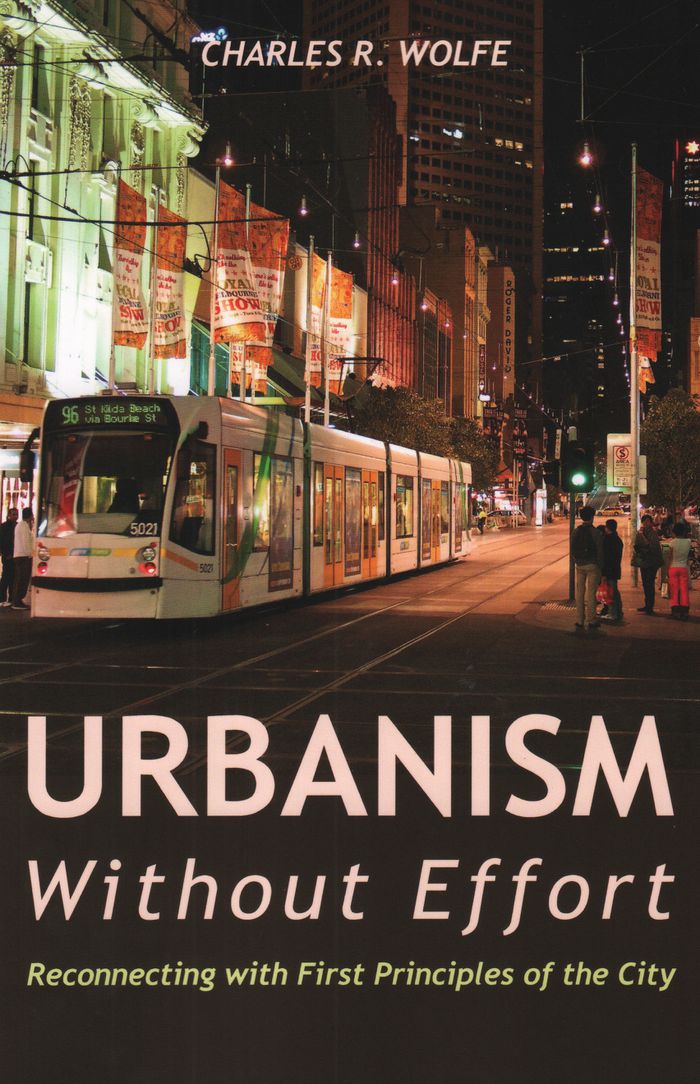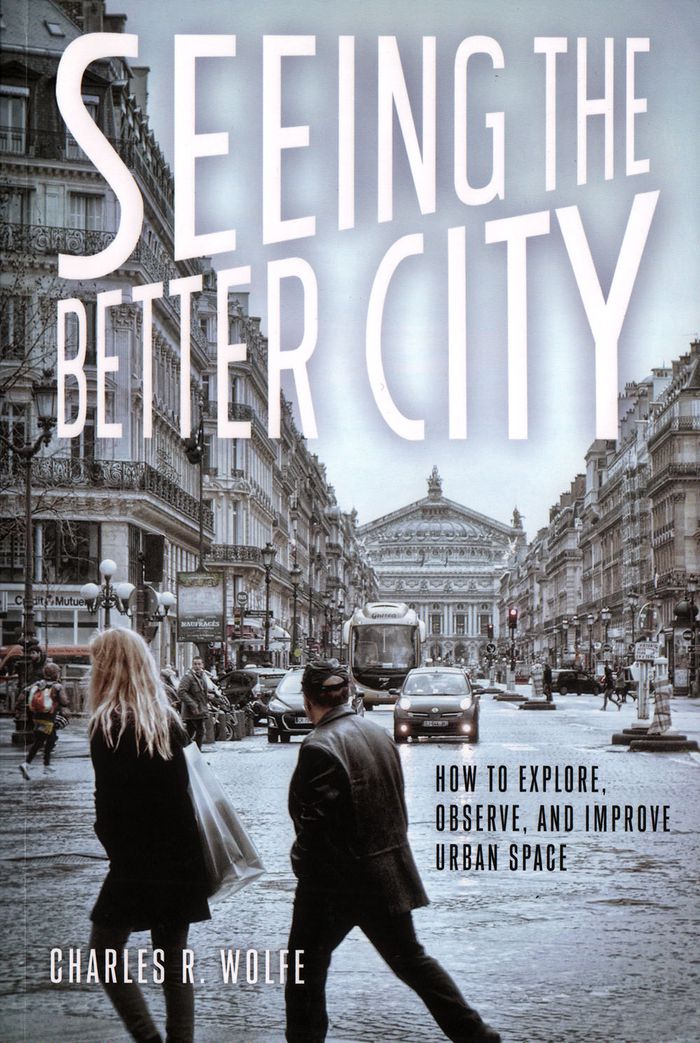Urbanism without effort
$22.95
(disponible en magasin)
Résumé:
In ''Urbanism Without Effort,'' Chuck Wolfe argues that 'unplanned' places can often teach us more about great placemaking than planned ones. From impromptu movie nights in a Seattle alley to the adapted reuse of Diocletian's Palace in Split, Croatia, Wolfe searches for the 'first principles' of what makes humans feel happy and safe amid the hustle and bustle of urban(...)
Urbanism without effort
Actions:
Prix:
$22.95
(disponible en magasin)
Résumé:
In ''Urbanism Without Effort,'' Chuck Wolfe argues that 'unplanned' places can often teach us more about great placemaking than planned ones. From impromptu movie nights in a Seattle alley to the adapted reuse of Diocletian's Palace in Split, Croatia, Wolfe searches for the 'first principles' of what makes humans feel happy and safe amid the hustle and bustle of urban life. He highlights the common elements of cities around the world that spontaneously bring people together: being inherently walkable, factors that contribute to safety at night, the importance of intersections and corners, and more. In this age of skyrocketing metropolitan growth, he argues, looking to the past might be our best approach to creating the urban future we dream about.
Théorie de l’urbanisme
$34.95
(disponible sur commande)
Résumé:
In order to understand and improve cities today, personal observation remains as important as ever. While big data, digital mapping, and simulated cityscapes are valuable tools for understanding urban space, using them without on-the-ground, human impressions risks creating places that do not reflect authentic local context. "Seeing the Better City" brings our attention(...)
Seeing the better city: how to explore, observe, and improve urban space
Actions:
Prix:
$34.95
(disponible sur commande)
Résumé:
In order to understand and improve cities today, personal observation remains as important as ever. While big data, digital mapping, and simulated cityscapes are valuable tools for understanding urban space, using them without on-the-ground, human impressions risks creating places that do not reflect authentic local context. "Seeing the Better City" brings our attention back to the real world right in front of us, focusing it once more on the sights, sounds, and experiences of place in order to craft policies, plans, and regulations to shape better urban environments.
Théorie de l’urbanisme

